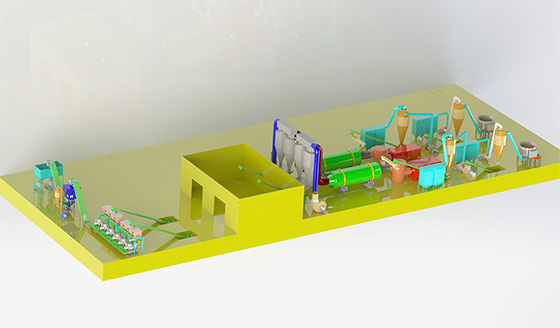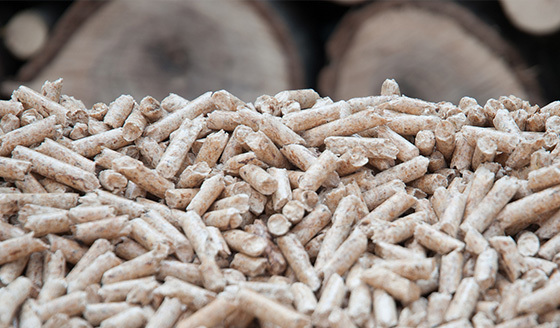The power of particles: a gateway to the bioeconomy
Update time:
2022-06-22
Innovation in the Bioeconomy is one of five new videos in the series The Power of Pellets-The Power of Pellets, produced by the Wood Pellet Association of Canada (WPAC) with the support of Forestry Innovation Investments. According to respected researchers and professionals, the global potential of biomass in the transition to a low-carbon, clean and renewable world is virtually unlimited.
Dr. Fahimeh Yazdan Panah, director of research and technology development at WPAC, explains, "The bioeconomy is actually the sustainable production of renewable resources and the conversion of these renewable resources into higher value products such as food, bioenergy and other bio-based materials. These products offer the possibility of not only meeting greenhouse gas emission targets, but also opening the door to new products."
For the past 15 years, the University of British Columbia's Biomass and Bioenergy Research Group, in collaboration with WPAC, has been conducting research and studying the development of technologies to store, process and convert lignocellulosic biomass into higher-value products, not only for heat and power generation, but also for biochemistry, biomaterials and biofuels.
Yazdan Panah emphasizes, "If you look around your home, you'll see that everything made out of plastic today is probably made out of wood and looks exactly the same."
Steve Kozuki, a registered professional ranger and executive director of the B.C. Forest Enhancement Association, says one of the things the wood pellet industry takes pride in is that it is a catalyst for increasing diversity in B.C.'s forest economy, particularly in terms of forest bioeconomy participation. "The basis for allowing this to happen is that we have strong pellet districts in B.C."
"Wood pellets play a key role in reducing greenhouse gas emissions," said Dr. Shahab Sokhansanj, research leader of the Biomass and Bioenergy Group at the University of British Columbia.
"Under the Paris Agreement, we really need to consider the contribution of solid biofuels and fossil fuel alternatives," said Yazdan Panah, who envisions the development of bioenergy carbon capture and storage (BECCS) in the country. "If Canada is really serious about its greenhouse gas emissions targets, we'll start looking at pellets as a way to capture greenhouse gas emissions at the source, transport them and bury them in the ground."
Dr. Gary Bull, professor in the Department of Forest Resource Management at the University of British Columbia, concludes, "The opportunities for using wood pellets domestically and around the world are essentially limitless."












